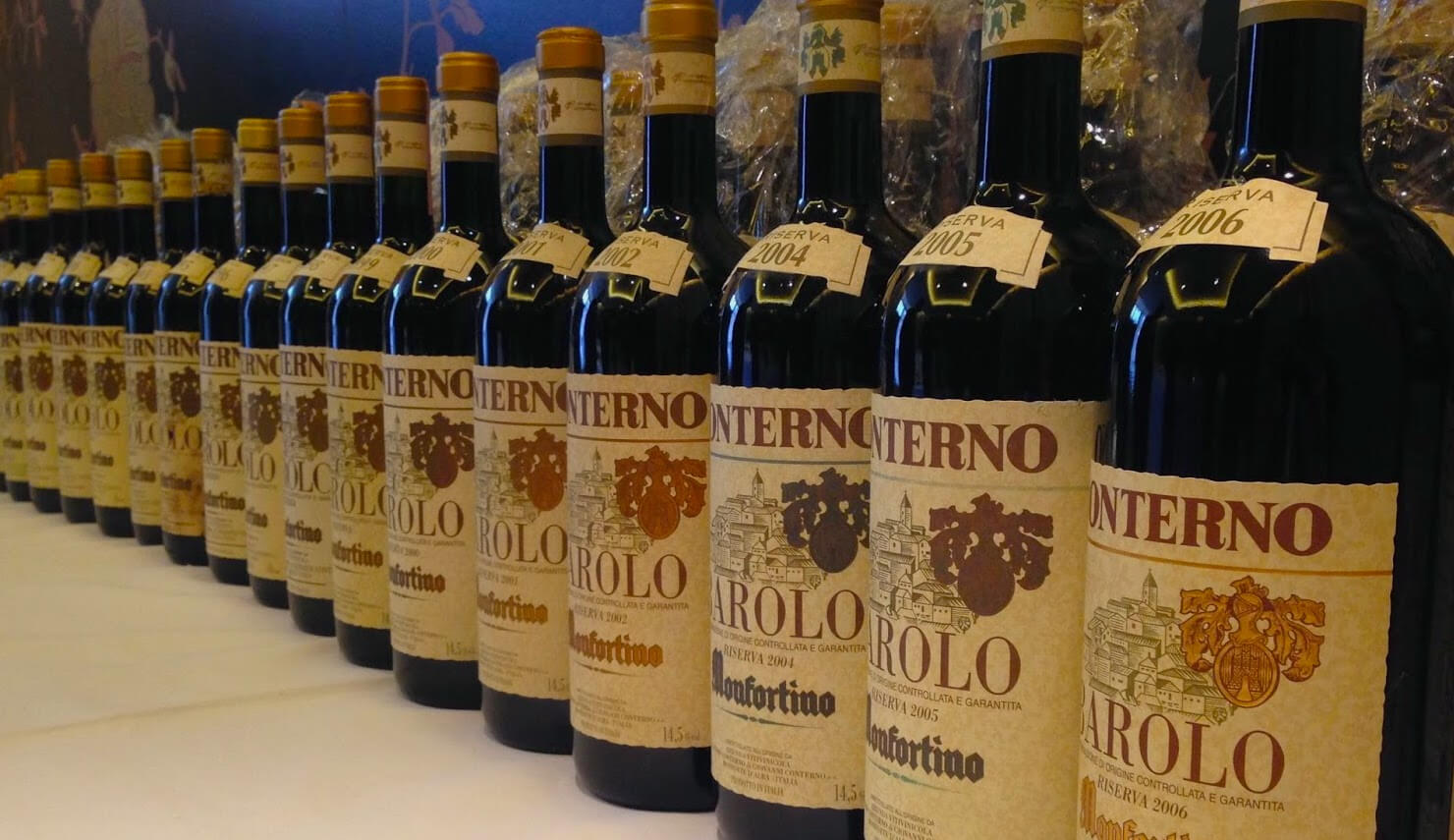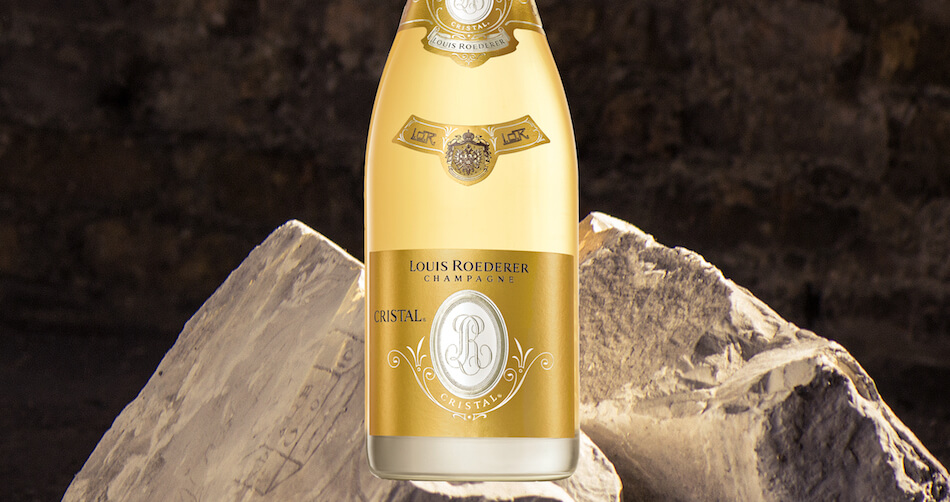

Summer is still with us and while the sun is shining through September we can look to our favourite regions in the Northern Hemisphere and keep an eye on the harvest. Rather than being a fixed time each year, there are a complex set of conditions that need to be met before the harvest can begin in earnest. This varies greatly from region to region and even from one vineyard to the next.
Making the decision to harvest is always a roll of the dice for the grower. Unless the assessment is that the grapes are, in that very moment, perfectly ready, then there is always the possibility that waiting a bit longer will yield better results. On the other side of that same coin, there is the possibility that one waiting for a touch more ripeness on the vine could instead suffer unexpected rainstorms. So what exactly is it that vineyard managers are looking for when they decide on harvesting?
_
"Making the decision to harvest is always a roll of the dice..."
_
The straightforward answer is ripeness. Underripe grapes are tart, tannic and tough. In the earliest stages they aren’t even often the right colour. During véraison, red grapes gradually turn red as they progressively ripen. When they are fully ripe they will generally be almost black in colour with a fine coating of yeast powder.
Growers will check for ripeness in three categories; sugar ripeness, acid levels and physiological ripeness. Sugar content in the juice will have to meet certain levels in order to ensure that fermentation will reach the right alcohol levels. Generally, the higher the sugar content, the higher the alcohol. In general, hot climates produce higher sugar levels, meaning that natural fermentation leads to higher alcohol levels. This is why your Australian Shiraz or Argentine Malbecs often soar above 15%, though certain grape varieties have the capacity for high sugar/alcohol levels in a variety of climates, as is the case with Zinfandel, Corvina and Cabernet Sauvignon.
Next is acidity. Acidity fluctuates through the growing season and the aim is to ensure that it is a balancing component to the sugars and flavour phenols. During cool weather, acidity becomes more pronounced while in warm temperatures, it drops. In some hot climates where there is a risk of fruit being too ripe for the acidity, some winemakers will even harvest at night to get the right balance as this is when acidity will pick up and the sugars are more predictable (i.e. they won’t be ripening further over the course of a sunny afternoon).
Growers will check for ripeness in three categories; sugar ripeness, acid levels and physiological ripeness. Sugar content in the juice will have to meet certain levels in order to ensure that fermentation will reach the right alcohol levels. Generally, the higher the sugar content, the higher the alcohol. In general, hot climates produce higher sugar levels, meaning that natural fermentation leads to higher alcohol levels. This is why your Australian Shiraz or Argentine Malbecs often soar above 15%, though certain grape varieties have the capacity for high sugar/alcohol levels in a variety of climates, as is the case with Zinfandel, Corvina and Cabernet Sauvignon.
Finally, physiological ripeness is measured based on the winemaker’s knowledge and experience. They will check that the skins are the right colour, the grapes taste right, have the right tannins and that the seeds are crunchy and golden coloured. Any hint of greenness to the seeds or tannins means that they’re not there yet. This is the most intuitive stage so winemakers and vineyard managers with decades of experience from trial and error are the best at tasting a grape and just knowing.
If all these things come together in balance then we can be assured of a solid vintage overall. At that point it comes down to the skill of the wine maker to make a great wine. In the next month or so we’ll be getting a clearer picture of the 2016 vintage so keep an eye on the weather in Bordeaux, Beaune and Champagne and we’ll hopefully be able to see what the future holds!






















